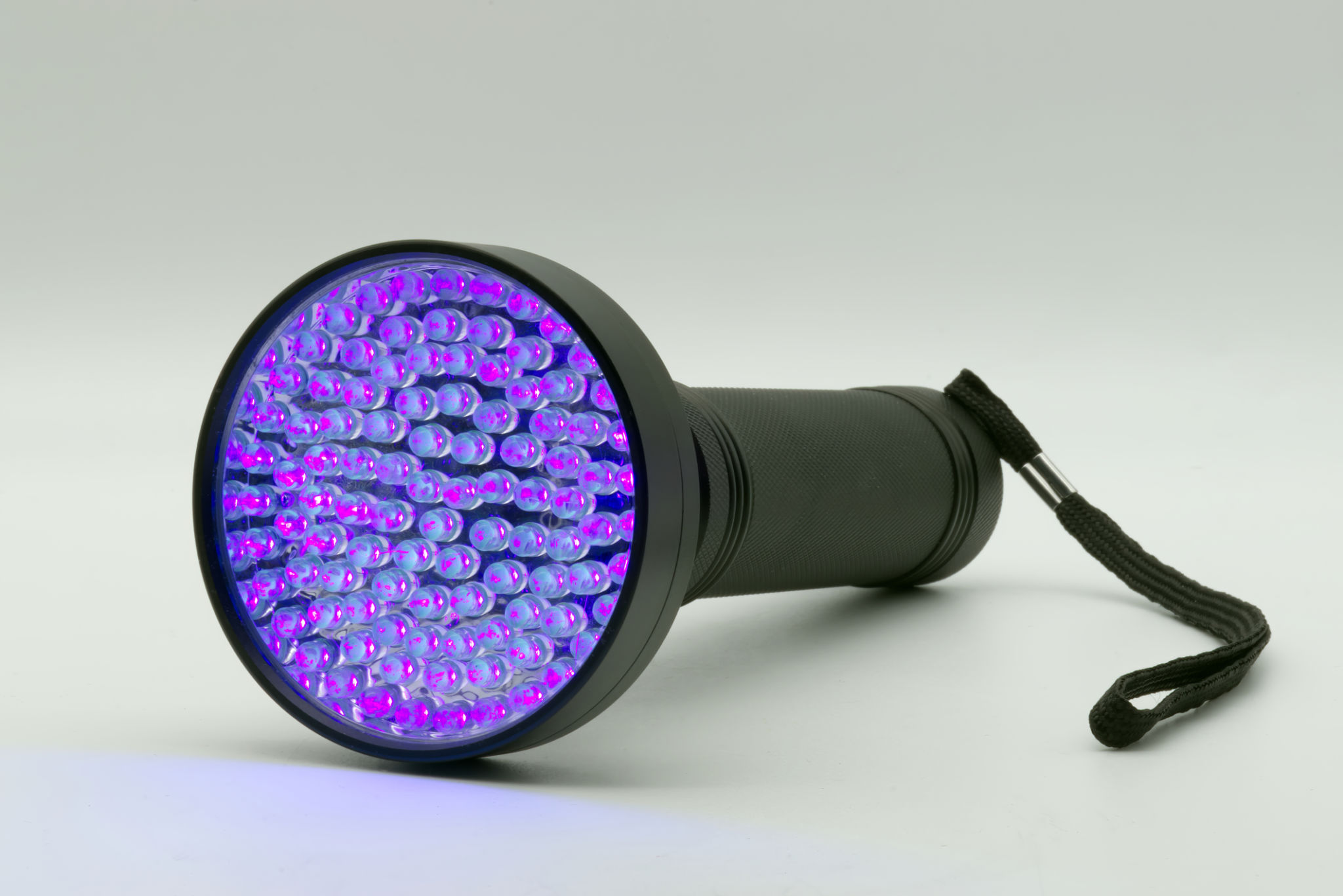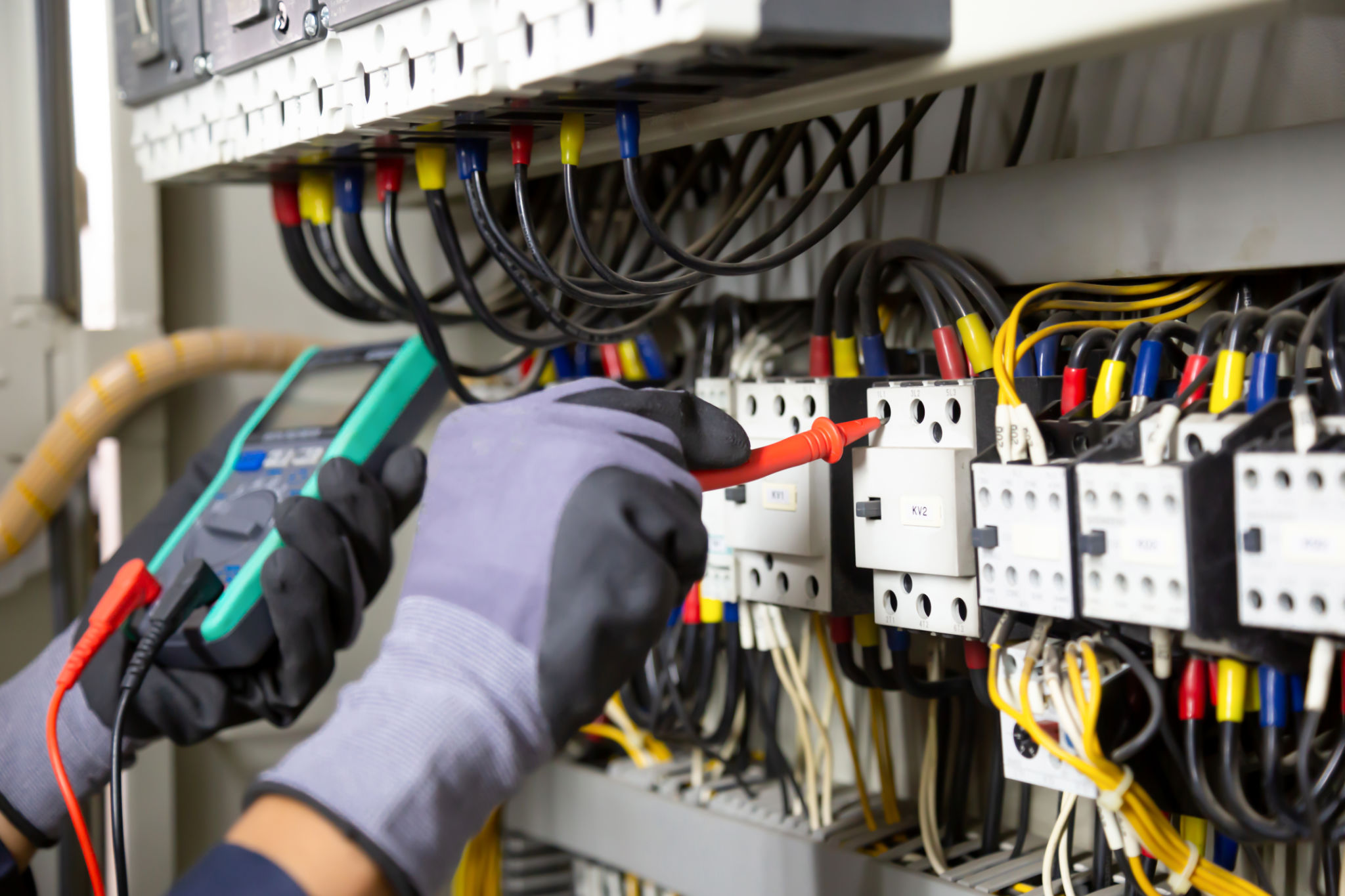The Latest Innovations in UV Partial Discharge Detection Technology
Understanding UV Partial Discharge Detection
Partial discharge (PD) is a critical phenomenon that occurs in high-voltage electrical equipment, potentially leading to insulation failure. Detecting these discharges is essential to prevent costly downtime and ensure operational safety. The latest innovations in UV partial discharge detection technology are revolutionizing how industries monitor and maintain their electrical systems.
Traditionally, PD detection relied on acoustic or electromagnetic methods. However, recent advancements have introduced ultraviolet (UV) detection as a reliable and efficient alternative. UV detection captures the light emitted by discharges, providing a clear indication of PD activity.

Advantages of UV Detection Technology
UV partial discharge detection offers several advantages over conventional methods. Firstly, it provides real-time monitoring capabilities, allowing for immediate identification and analysis of discharge events. This real-time feature is crucial for preventing sudden failures and maintaining uninterrupted operations.
Moreover, UV technology is highly sensitive and can detect even the smallest discharges that might be missed by other methods. This sensitivity ensures comprehensive monitoring and enhances the accuracy of maintenance strategies. Additionally, UV detectors are non-invasive, meaning they do not interfere with the operation of electrical equipment.

Integration with Smart Systems
The integration of UV detection technology with smart systems is another significant innovation. By combining UV sensors with IoT platforms, industries can achieve enhanced asset management. These systems provide continuous monitoring and data analysis, enabling predictive maintenance strategies.
Smart systems equipped with UV detection offer automated alerts and detailed reports, allowing maintenance teams to address issues swiftly. This integration not only improves efficiency but also extends the lifespan of electrical equipment by preventing severe damage before it occurs.
Key Features of Modern UV Detection Systems
Modern UV detection systems come equipped with several key features that enhance their functionality. These systems are often portable, making them easy to deploy in various industrial settings. Portability ensures that maintenance teams can quickly respond to potential issues without the need for extensive setup.
Additionally, many systems include advanced image processing capabilities. These features allow for precise localization of discharge sources, facilitating targeted repairs. The ability to pinpoint problem areas reduces maintenance time and costs significantly.

Case Studies and Real-World Applications
Several industries have successfully implemented UV partial discharge detection technology with remarkable results. For instance, power generation plants have reported a decrease in unplanned outages thanks to the early warning capabilities of UV systems. Similarly, manufacturing facilities benefit from enhanced operational efficiency and reduced maintenance expenses.
In the field of renewable energy, wind farms utilize UV detection to monitor turbine conditions. The technology helps in identifying insulation issues early, ensuring optimal performance and longevity of the turbines.
The Future of UV Detection Technology
The future looks promising for UV partial discharge detection technology. As research continues, we can expect further advancements in sensor sensitivity and data processing capabilities. These developments will enhance the reliability and effectiveness of PD monitoring even further.
Moreover, the integration of artificial intelligence (AI) with UV detection systems is on the horizon. AI can analyze vast amounts of data quickly, providing deeper insights into PD patterns and trends. This integration will enable even more proactive maintenance approaches and improve asset management strategies across industries.

Conclusion
The latest innovations in UV partial discharge detection technology are transforming how industries approach electrical maintenance. With real-time capabilities, enhanced sensitivity, and integration with smart systems, UV detection offers a comprehensive solution for preventing electrical failures.
As technology continues to evolve, the potential for improved safety, efficiency, and cost savings grows exponentially. Embracing these innovations is crucial for industries looking to optimize their operations and safeguard their assets.